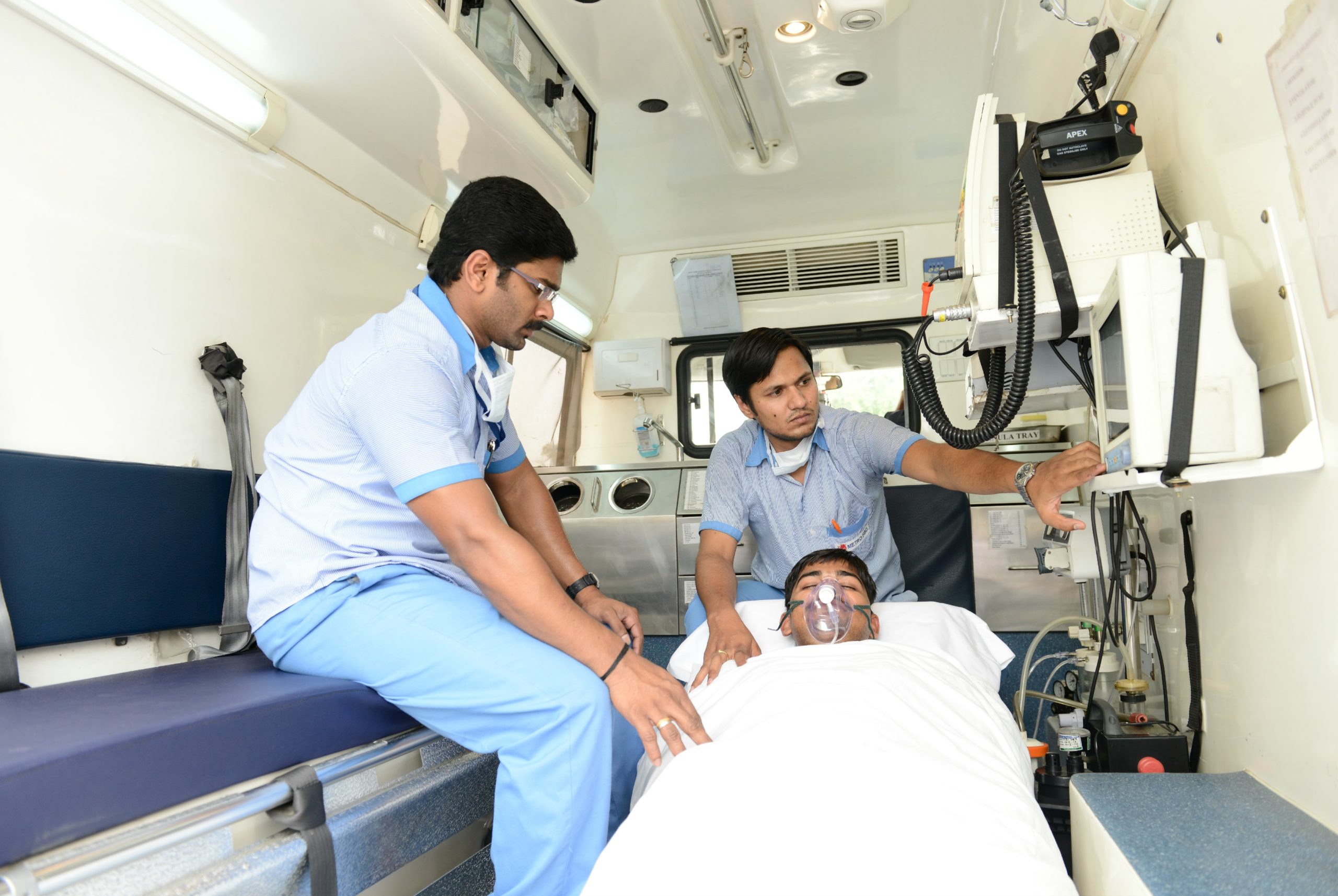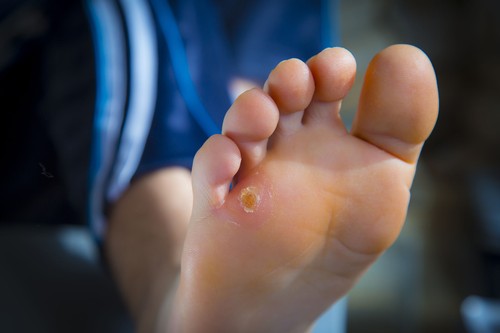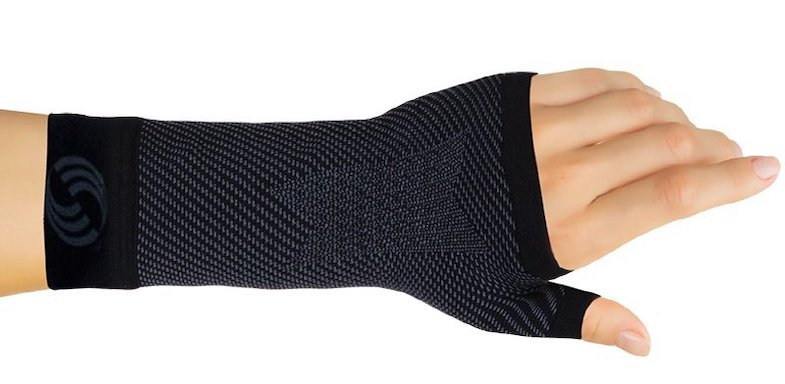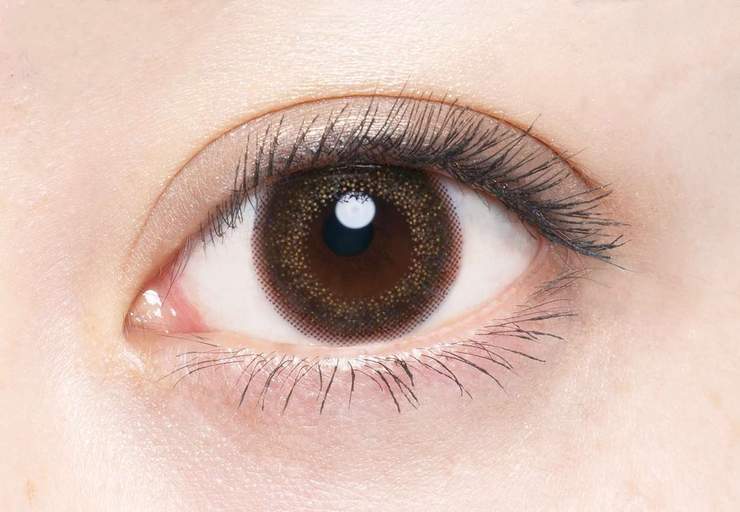Buying drugs online: the advantages of buying on the internet
In the last ten years there has been a considerable increase in the use of the Internet, which has become the main means of communication and for carrying out many other activities such as watching movies or music, finding out about news from all over the world, taking university lessons and working. remotely, online shopping etc. As a result of this, the way of buying medicines online has also undergone changes, which can be defined as positive My Medadvisor.
Generally, most people go to one of the various pharmacies in their town or city and shop there for medicines or other products for their well-being. Over the last few years, in fact, pharmacies have increasingly expanded their catalog of products sold, also covering the cosmetics and body care sector. With the development of the Internet, however, some pharmacies that operate online have also been born.
Why buy online and what are the advantages?
The advantages of buying drugs online are considerable and it affects online shopping in general. Thanks to the spread of the Internet and the improvement of accessibility to the network, more and more companies and companies have opened online retail sites and e-commerce platforms to sell their products on the web.
It is a correct strategy, to significantly increase your catchment area, even with people very far from the physical location, and for an effective extra income.
The main advantage for buyers in buying drugs online is certainly that of convenience, as they do not have to get out of the house, take the car, queue etc., but, from their smartphone or computer, make the purchase and pay by choosing among the various payment options that the specific site offers. The most popular methods are through credit / debit cards, bank transfer, Paypal and some sites are also starting to accept payment with bitcoin, the famous cryptocurrency that is increasingly used.
Another benefit of shopping online is that you can generally save a lot of money , as web pharmacies often offer discounts on certain products or if you make a purchase that exceeds a certain amount. This is impossible to find in physical pharmacies, as you will always pay the list price, except for slight discounts offered by the owner of the pharmacy.
Shopping online therefore has significant benefits and advantages for both the seller and the buyer.
A striking example was during the lockdown caused by the new Sars-Cov-2 coronavirus. Trying to get out as little as possible, to avoid contagions and fines, there has been an exponential increase in sales on the web, with interesting companies that have managed to overcome the economic crisis brought about by this difficult situation without too many losses. During the lockdown, the pharmacies remained always open, but obviously the fear of people led them to prefer the purchase of drugs and other products directly online, with delivery to their homes.
























